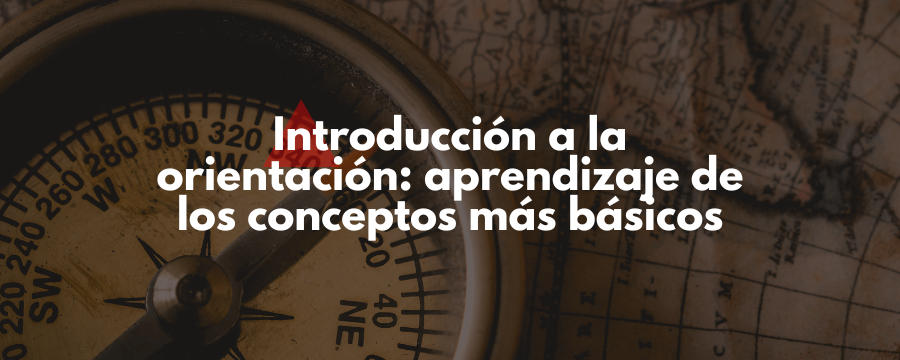Learning the simplest concepts
Orientation is a fundamental skill for those who enjoy outdoor activities such as hiking, camping, or exploring nature. Mastering the basic concepts of orientation, such as the use of compass and map, identifying cardinal points, and reading simple topographic maps, can make the difference between a safe and satisfying adventure and a challenging and confusing experience.
At Nhorte, we will delve into the world of orientation and explore the fundamentals that every adventurer should know to successfully navigate any natural environment.
Importance of orientation in nature
Before delving into the technical details of orientation, it is crucial to understand the importance of this skill in the context of outdoor activities. Orientation not only allows us to find our way in unfamiliar environments but also contributes to our safety and well-being. Knowing where we are and where we are headed can prevent emergency situations and ensure a more rewarding and enriching exploration experience.
Basic orientation concepts
Use of compass and map
The compass and map are essential tools for orientation in nature. The compass provides us with an accurate reference to the cardinal points (north, south, east, west), while the map represents the terrain we are exploring. By combining both tools, we can determine our location and plot routes to our desired destination.
Identification of cardinal points
Cardinal points are fundamental directions that help us orient ourselves in space. North, south, east, and west are basic cardinal points that allow us to establish our position and determine the direction in which we are moving. Identifying these points is crucial for effectively using a compass and navigating accurately.
Reading simple topographic maps
Topographic maps provide a detailed representation of the terrain, including features such as mountains, rivers, roads, and points of interest. By learning to interpret simple topographic maps, we can plan routes, avoid obstacles, and find key reference points in the landscape. Some important elements to consider include the legend, contour lines, and map scale.
Practice of orientation in nature
Theory of orientation is important, but practice in real environments is essential for developing solid skills. Engaging in practical exercises, such as orienting towards known reference points or following predetermined routes in the field, helps us become familiar with the use of compass and map, as well as improve our ability to make orientation decisions in real-time.

